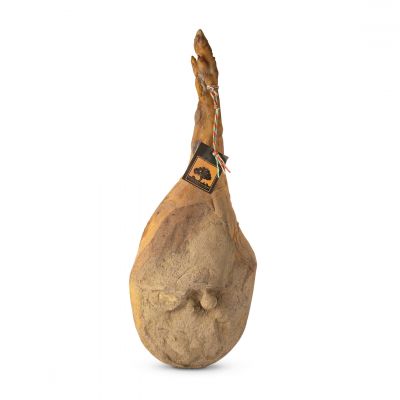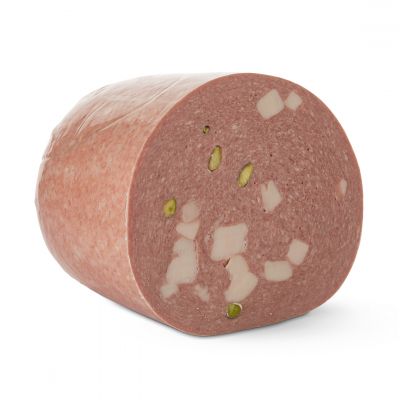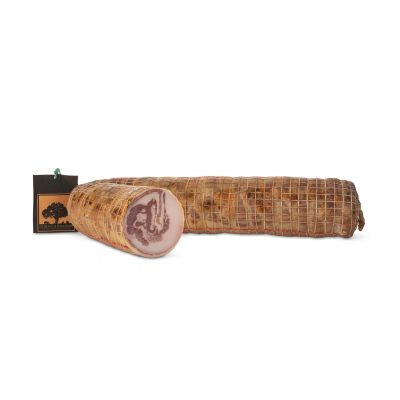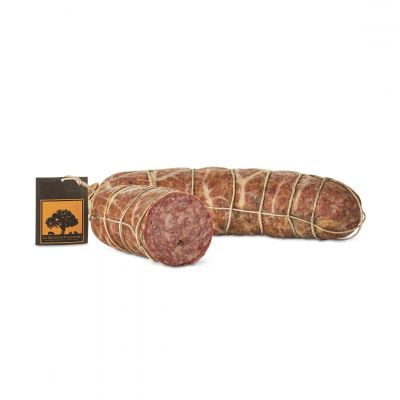Casentino is a mystical land where black pigs were raised since the ancient times. We’re going to discover a passionate family project for the rescue of Grigio del Casentino, a native pig breed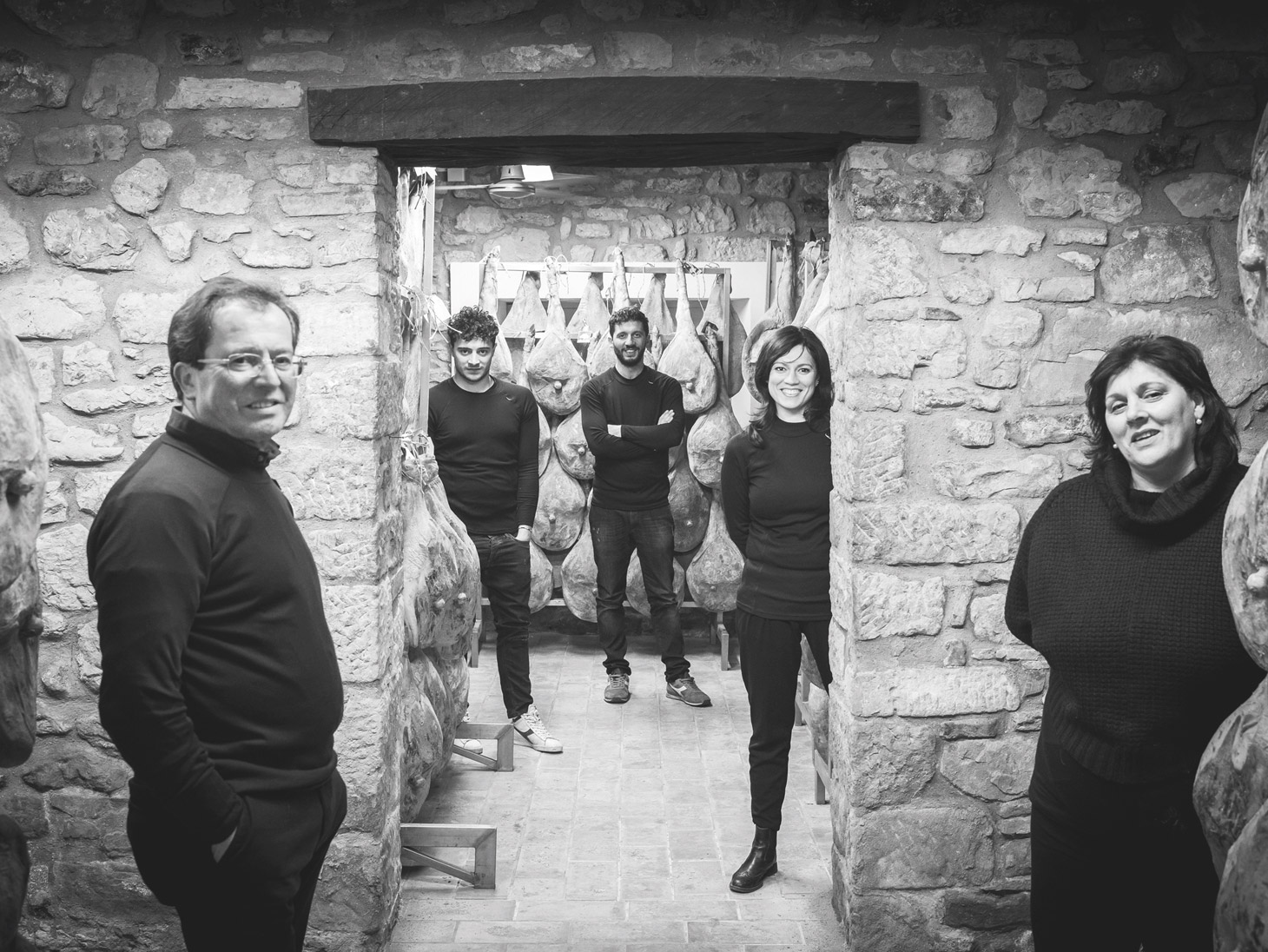
I’m sure: if you think about Tuscany you’ll imagine hills, cypresses and sheep flocks left wild in the pastures.
I’m surprising you, because in this journey we’ll discover more confidential corners with mountains and woods. I’ll bring you to the Casentino area, one of the four valleys in Arezzo province where the first section of Arno river flows.
The river originates in the Folterona mountain (1654 meters) that, with mount Falco, constitutes the border with Romagna. A mystical land where the monastery and hermitage of Camaldoli and the sanctuary of Verna were built.
No chanche to feel stressed here: beeches, oaks and chestnuts welcome the pilgrims in a green hug.
In this area, dark coat pigs were bred wild or semi-wild since the ancient times. Cappuccia di Anghiari, Casentinese or Rossa del Casentino are just some of theese breeds: they were pigs that allowed to produce excellent hams famous all over the Europe.
Ancient documents that date back to the XIX century prove that the sales of Casentino hams reached also Germany and England.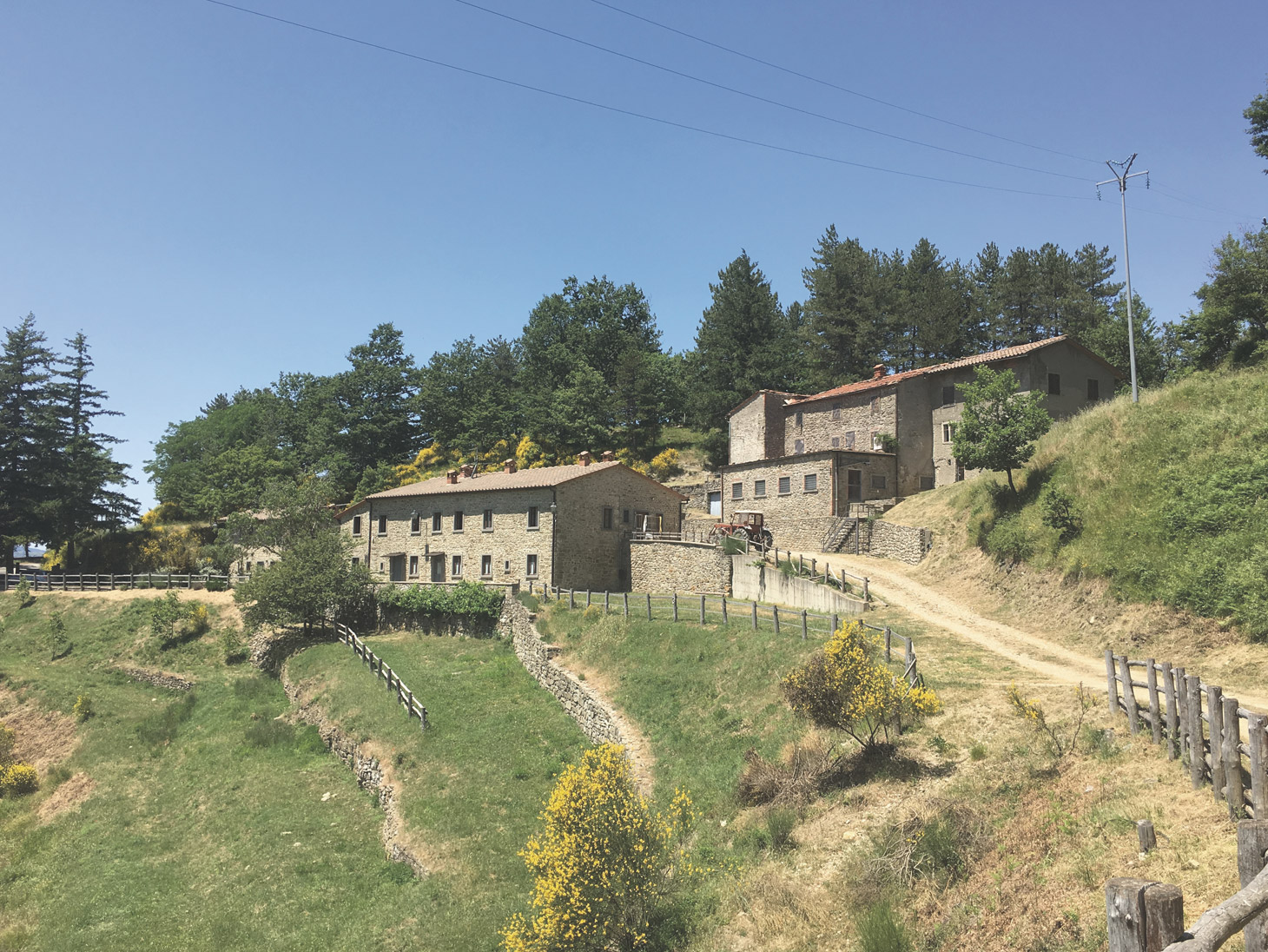
Right in this tuscan area rise the ancient rural village Selve di Vallolmo; “selve” in italian means forest but in the local dialect identifies chestnut groves and this is the reason why the chestnut tree has now become the company’s logo.
Claudio Orlandi, the headman of the company, started his job as pure pigs breeder until the late ‘90s when he decided to reduce the number of animals to dedicate his time also to the producing of pork charcuterie.
Moreover he joined a project that connect the local mountain community with Slow Food for the recovery of Grigio del Casentino pig breed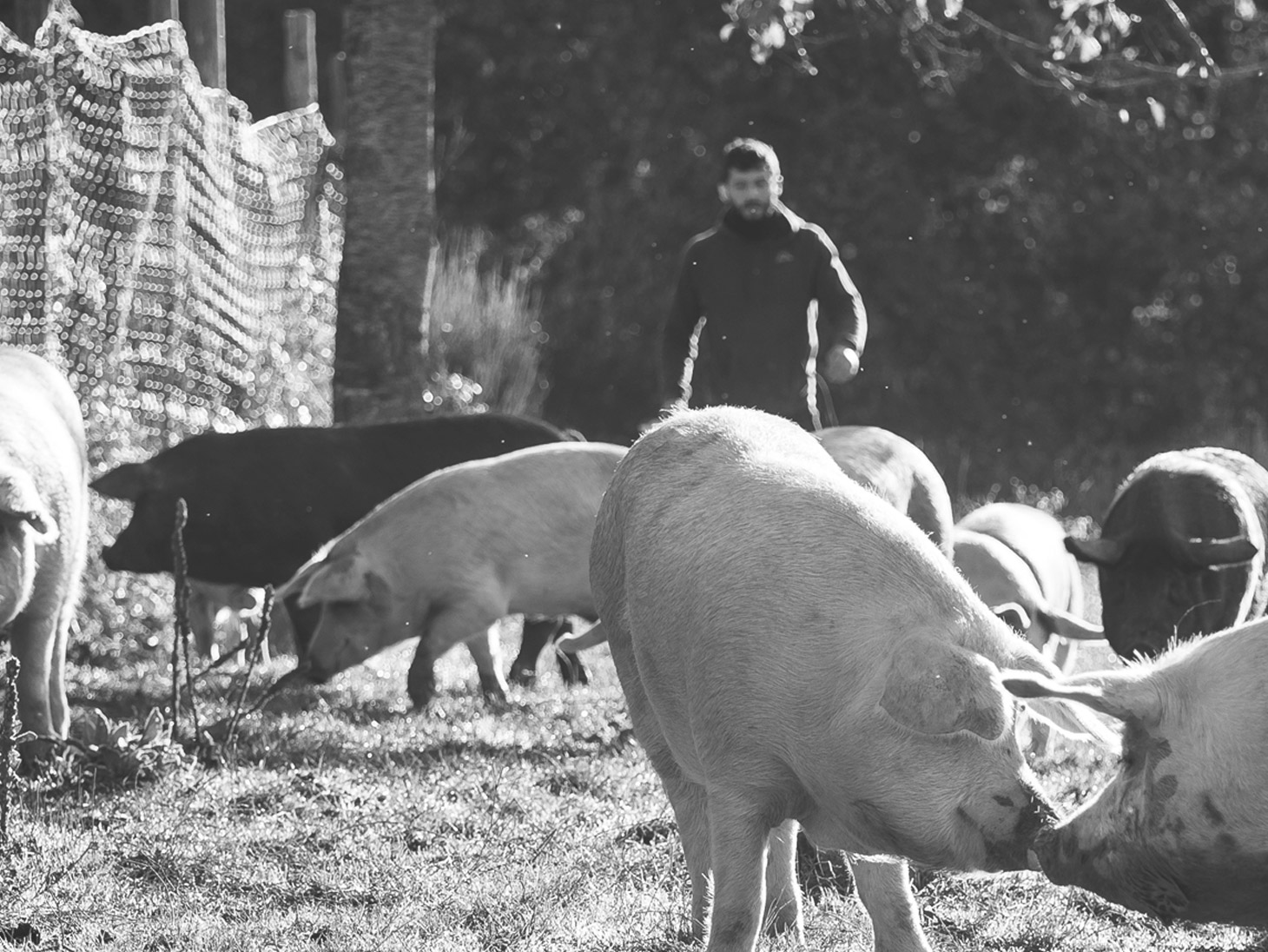
Grigio del Casentino is a hybrid crossing obtained from a female of Large White, Landrace or Duroc with a boar of Cinta Senese or Mora Romagnola breed (two ancient native breeds, respectively from Tuscany and Romagna).
The animals (about 60) are bred in a traditional way, live in a part of the Casentinesi Forest National Park and feed mostly on acorns, chestnuts and tubers that are found in nature.
During the winter the diet is completed with selected barley, fava beans and corn free from GMOs, carefully used to avoid an excess of fat. The great quality of the meat of this pig is due precisely to its ability to accumulate high quality fat in terms of fineness, consistency, aromas and seasoning capacity.
The pigs are slaughtered only during the winter when they reach a weight between 165 and 185 kilograms and at least 14 months of age
Also Serena, David and Matteo dedicate their selves to the work in the family company alongside mum and dad: everyone has specific tasks because there is a lot of work to do, since the supply chain is very short.
Breeding, processing, aging and selling are all closely followed by the Orlandi family.
The aging of the Casentino ham takes place in a suggestive stone building where the thighs spend about a couple of years, giving the palate unmistakable notes of acorn, toasted fruit and cellar.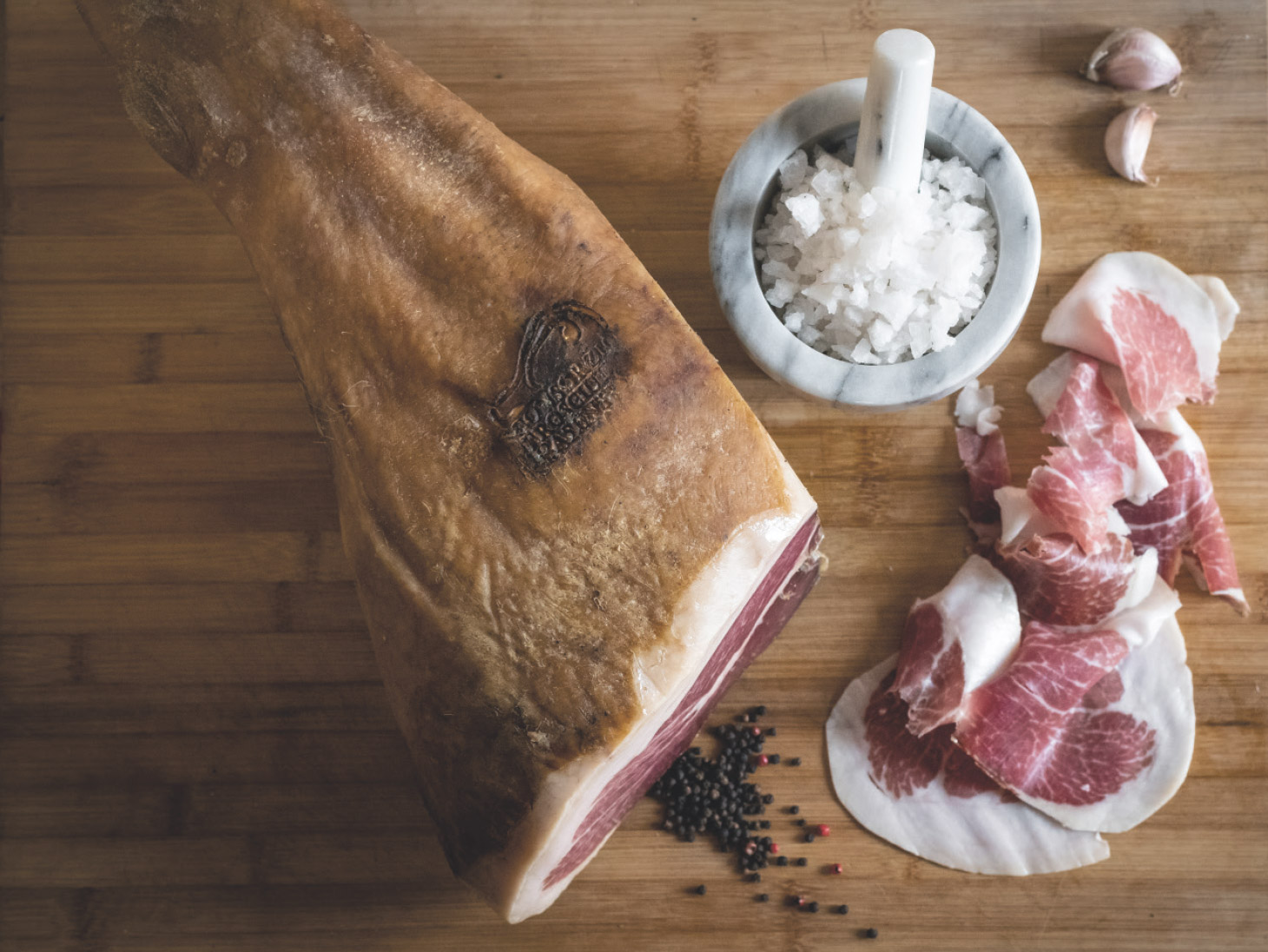
Giorgia Barbaresco
Quality Director




